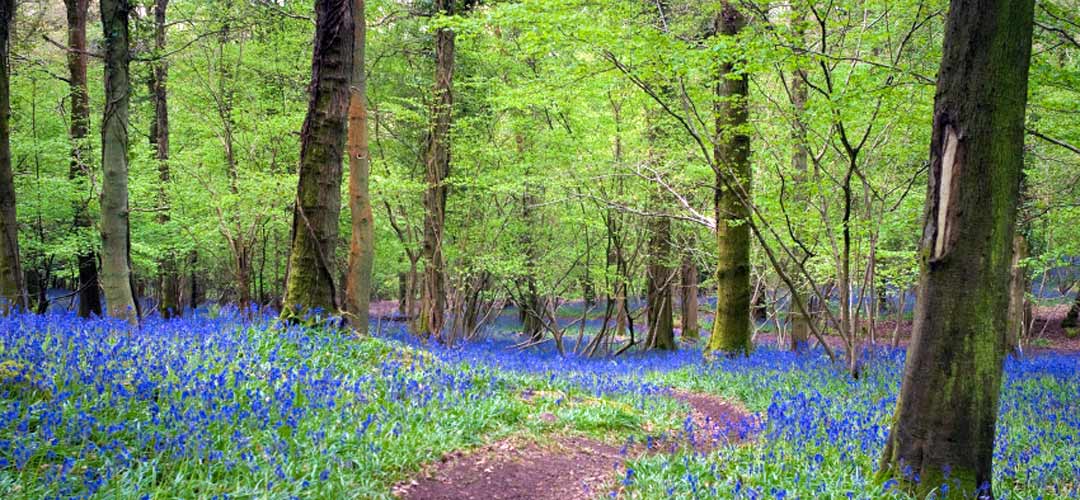Practical Steps for bringing mindfulness to work and homelife
From Thich Nhat Hanh:
15 practical steps we can take to bring mindfulness to our work:
- Start your day with 10 minutes of sitting in meditation.
- Take the time to sit down and enjoy eating breakfast at home.
- Remind yourself every day of your gratitude for being alive and having 24 brand-new hours to live.
- Try not to divide your time into “my time” and “work.” All time can be your own time if you stay in the present moment and keep in touch with what’s happening in your body and mind. There’s no reason why your time at work should be any less pleasant than your time anywhere else.
- Resist the urge to make calls on your cell phone while on your way to and from work, or on your way to appointments. Allow yourself this time to just be with yourself, with nature and with the world around you.
- Arrange a breathing area at work where you can go to calm down, stop and have a rest. Take regular breathing breaks to come back to your body and to bring your thoughts back to the present.
- At lunchtime, eat only your food and not your fears or worries. Don’t eat lunch at your desk. Change environments. Go for a walk.
8. Make a ritual out of drinking your tea. Stop work and look deeply into your tea to see everything that went into making it: the clouds and the rain, the tea plantations and the workers harvesting the tea.
- Before going to a meeting, visualize someone very peaceful, mindful and skillful being with you. Take refuge in this person to help stay calm and peaceful.
- If you feel anger or irritation, refrain from saying or doing anything straight away. Come back to your breathing and follow your in- and out-breath until you’ve calmed down.
11. Practice looking at your boss, your superiors, your colleagues or your subordinates as your allies, and not as your enemies. Recognize that working collaboratively brings more satisfaction and joy than working alone. Know that the success and happiness of everyone is your own success.
- Express your gratitude and appreciation to your colleagues regularly for their positive qualities. This will transform the whole work environment, making it much more harmonious and pleasant for everyone.
- Try to relax and restore yourself before going home so you don’t bring accumulated negative energy or frustration home with you.
- Take some time to relax and come back to yourself when you get home before starting on household chores. Recognize that multitasking means you’re never fully present for any one thing. Do one thing at a time and give it your full attention.
- At the end of the day, keep a journal of all the good things that happened in your day. Water your seeds of joy and gratitude regularly so they can grow.
– Thich Nhat Hanh
Habits take a while to break
Try starting with just a couple of the above suggestions and see what happens in your life. Mindfulness is about bringing awareness to the present moment with an attitude of curiosity and kindness to the self, and is best cultivated via formal regular practice. However, bringing mindful awareness to everyday activities can fundamentally change your everyday! It just takes a moment to change your mind!
How Everyday Mindfulness works for me
As a mindfulness teacher living in Dorset and frequently running courses and workshops in London, I frequently notice the change of pace as I travel up to London by train from my laid back way of life by the coast, surrounded as I am by the sea and green fields, as i approach the suburbs of London. Naturally the landscape changes becoming more urban, but also the people getting on the train change. Fewer people gazing out of the window and more engaged with laptops, phones and gadgetry. I observe that the train is now part of the office space. I even heard someone exclaim with dismay that he had forgotten to bring his hard drive and therefore couldn’t do the work he had planned to do on the train. He would now just have to sit and look out of the window.
Such an event could be seen as a gift from the universe. Allowing permission to pause and just be. With nothing to do and nowhere to go (since the train was doing the going). Perhaps in the time that this person had just to be, to reflect, to allow the mind to relax, just maybe some insights may have arisen unencumbered by striving thoughts, allowing the creative mind to create free from interference. Interestingly that is often what happens when we go away on a much needed break. We stop our habitual automatic pilot mode and step into (literally) another place free from old assumptions. The newness of a physical geographical environment encourages our mind to be more alert and awake to new experiences. To feel them fully awake and aware in the moment. It helps of course that these new environments are usually of our choosing and therefore represent something yearned for – sunshine, beaches, activity, excitement, time with family and loved ones. We are open to the adventure of life. In this mode we are also usually more creative and receptive to new perspectives, and new ways of looking at life, problems and challenges we have in our usual humdrum lives, offer new opportunities.
For me, when I move away from my normal ‘life’, I often experience a new way of perceiving my life which is refreshing in much the same way that we might refresh a web page to boot it back to life. This is when I often get those aha moments, a bolt from the blue, a new idea which fires my imagination and then when I notice the prickly feeling of excitement in my belly, sometimes the hackles on the back of my neck seem to be tangible, then I know I am on to something. Then I can act from a position of mindful response rather than habitual reaction.



